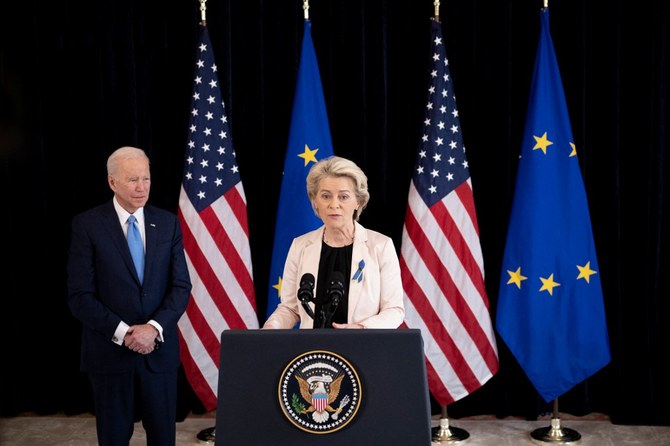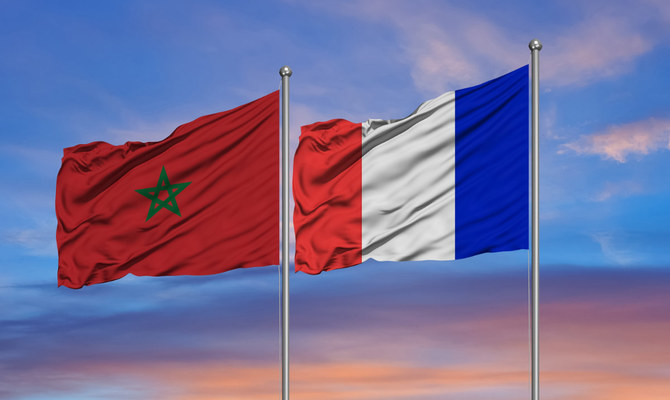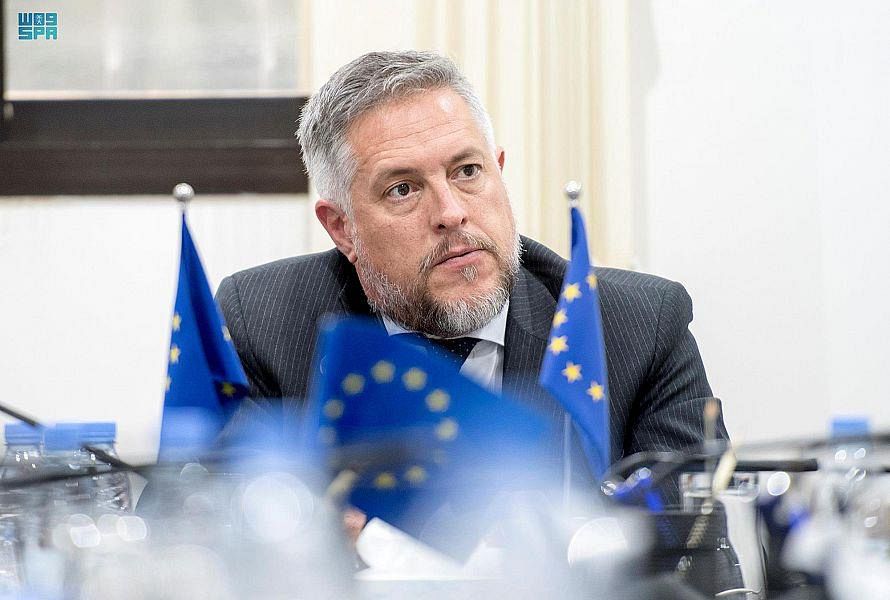
Charles Dickens, perhaps the greatest British novelist of the Victorian era, memorably started his novel “A Tale of Two Cities” with the phrase: “It was the best of times, it was the worst of times.”
This apparently contradictory statement has enduring relevance in multiple aspects of world affairs, including as a descriptor for the EU-US relationship during the presidency of Joe Biden. These ties are characterized by contradictory impulses in the post-Trump era, as will be highlighted on Friday in a meeting between Biden and European Commission President Ursula von der Leyen.
On the one hand, there is a generally high level of cooperation and alignment in the Ukraine war following Russia’s invasion. On the other hand, significant tensions exist in other areas, including over the US’ Inflation Reduction Act.
On the positive side of the ledger, there is no question that US-EU ties have largely recovered from the nadir of Donald Trump’s controversial presidency. This is seen most visibly in their strong cooperation over Ukraine, which recalls the Cold War era, when the transatlantic partners served as the West’s geopolitical linchpin, alongside allies like Japan and Canada, against the then-Soviet Union.
However, in other areas of the bilateral relationship, there are much more mixed signals. This includes policy toward China, where the Biden administration would like to see much greater synchronicity between the US and the EU.
The relationship between the EU27 and China has chilled significantly since the pandemic. Concerns include the opaque way that Beijing is perceived by Europe to have handled the outbreak of the coronavirus crisis in early 2020, as well as the new Chinese security law in Hong Kong and Uighur human rights in Xinjiang.
Von der Leyen wants to preserve Europe’s economic attractiveness in what some have termed a green subsidy arms race
Andrew Hammond
However, the Biden team nevertheless has concerns over the degree to which the EU might still accommodate China, given the significant economic ties between the two powers, potentially including the ratification of the Comprehensive Agreement on Investment. This is a big China-EU economic deal, which would see European and Chinese firms get better access to each other’s market. It is currently in the political long grass in Brussels.
Perhaps the most challenging element of the EU-US relationship right now is the Inflation Reduction Act, a massive $369 billion investment package for clean tech, which poses a major threat to the EU’s goal of remaining a preeminent global center for the green industrial revolution. There is a growing sense on the continent that its edge in this race is imperiled by the assertive industrial strategy of the US.
According to a recent report by Climate Power, an independent climate change communications group, more than 100,000 new clean energy jobs were created in the US in 90-plus new projects in the first six months after the Inflation Reduction Act was signed into law. This highlights why the act has sent shockwaves across Europe in recent months, with its massive subsidies for US green industries in areas from renewable power to electric cars. Key EU politicians and firms assert that the law discriminates against those exporting to the US and fear it will lure a critical mass of their businesses, costing jobs and shuttering factories in the green tech sector.
In response, the European Commission has announced a new “Green Deal Industrial Plan for the Net-Zero Age,” which will bring in a series of measures, including loosening state aid rules and a new European sovereignty fund. The latter is intended to preserve the EU’s competitive advantage on critical and emerging technologies, including biotechnology and clean tech.
Instead of competition in this area, Von der Leyen wants to see a more cooperative framework, akin to the one agreed earlier this week with Canadian Prime Minister Justin Trudeau during her first trip to Canada since her elevation to European Commission president. More details about what has been depicted as an EU-Canada “green alliance” are anticipated at the bilateral High-Level Dialogue on Climate in the coming months.
Europe is looking to Canada as a minerals-rich country, as it has an abundance of potash, palladium, niobium and uranium. With Europe heavily dependent on sourcing raw materials, including from China, it is looking to decrease its risk on this dependency by using “trusted partners,” including Canada. It is not just Brussels driving this, but individual EU member states too. Last year, for instance, Germany reached an agreement with Canada that will see the latter export hydrogen to Berlin from 2025.
Going forward, Europe hopes that the US will also turn toward a more cooperative stance on the green economy. If not, the political imperative will grow to try and restore what Brussels wants to be a global level playing field. Von der Leyen wants to preserve Europe’s economic attractiveness in what some have termed a green subsidy arms race.
Andrew Hammond is an Associate at LSE IDEAS at the London School of Economics.












